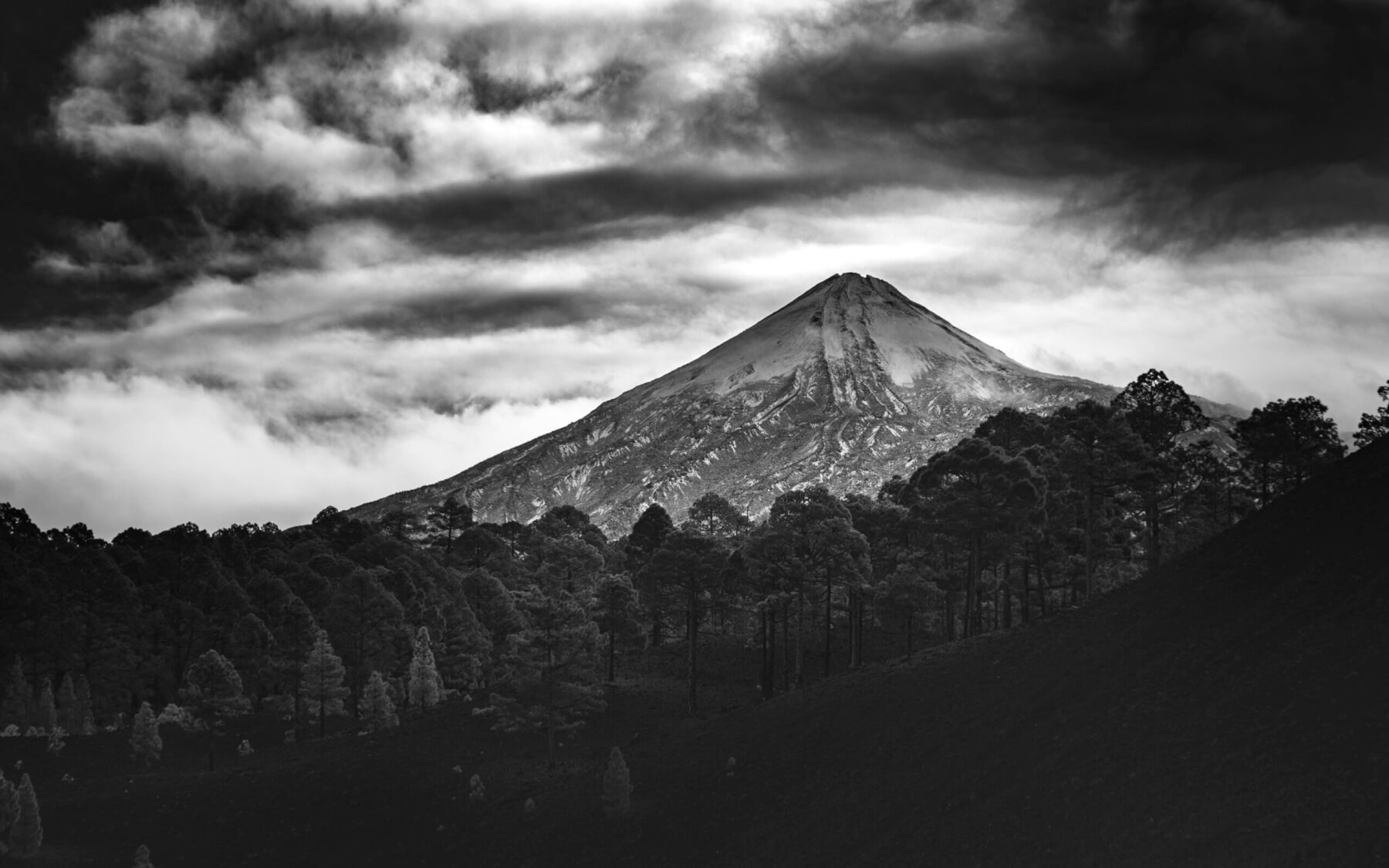Swimming in the warm ocean, I was looking across large and very busy tourist facilities on the southern flanks of Tenerife. The swimmers around me were laughing and posing for photos, I was looking above the steep terrain at the top of Teide volcano, daydreaming about its very explosive potential.

Janine Krippner
Clues as to how it erupts are found across the island. Just like we see around Taupō and Rotorua, here are ignimbrite and pumice deposits from Plinian eruptions. The remnants of the larger explosive eruption style that can bury the landscape with hot rock very quickly. In volcanology, this is what first comes to mind when thinking about this very popular tourist destination.
It’s not this simple though, if we could call that scenario simple for a moment (it’s not). Also around the island are much smaller scoria cones and many lava flows, like we see throughout Auckland; remains of eruptions similar in style to the one I have been studying on the nearby La Palma. Additionally, some interacted with water to form explosive phreatomagmatic events with pyroclastic surges (rich in steam/gas, very hot, very fast).

A Shot of Mountain Landscape and Mountain Village, Tenerife. Photo: Mike Marchetti pexels.com
If you oversaw readying this population for an eruption, where would you begin? Keeping in mind that agencies have different responsibilities. Volcanologists work to understand the volcanic system, what might happen, and how that might impact us. Civil Defence agencies manage what people need to do (for example, evacuations). Critical utilities like power, water, or roads, are run by those respective sectors. Then there is the political response for areas like financial help. Volcanologists could have a perfect understanding of what would happen (we usually don’t), but if the response isn’t in order what good would that do? What good is knowing what an eruption will look like if people have no idea what to do with that information?
The response will be different depending on the eruption style. If you have a small eruption with a small lava flow away from people and a lot of ash, you will have to think about things like utilities, airlines, and health impacts. If you have a large lava flow field forming through a populated area, you need local evacuations as well as dealing with ash and gas. If you have a phreatomagmatic eruption, you now have the uncertainty of where very fast pyroclastic surges might go. If you have the larger and much rarer style Plinian eruption, you might be considering evacuating the entire island. You don’t want to evacuate everyone for a small lava flow, that inflicts its own damage and can also destroy critical trust in responders.
When we detect magma starting to move far below, how would you begin to make useful plans for this wide style of eruption processes from small to very large? In school we are taught that volcano ‘types’ produce specific eruption styles but that is just very unhelpful in my opinion. I would much rather our communities understand the difference between a pyroclastic flow, lava flow, lahar, and ash, and know exactly what to do if you are facing them.
Understanding our volcanoes and the uncertainty around allows everyone to respond as effectively as we can with chaotic and evolving volcanic processes, and this needs to be well underway while people take a relaxing swim in the ocean without a care in the world.

Mountain Under Cloudy Sky in Tenerife. Photo: MarekPiwnicki, pexels.com









